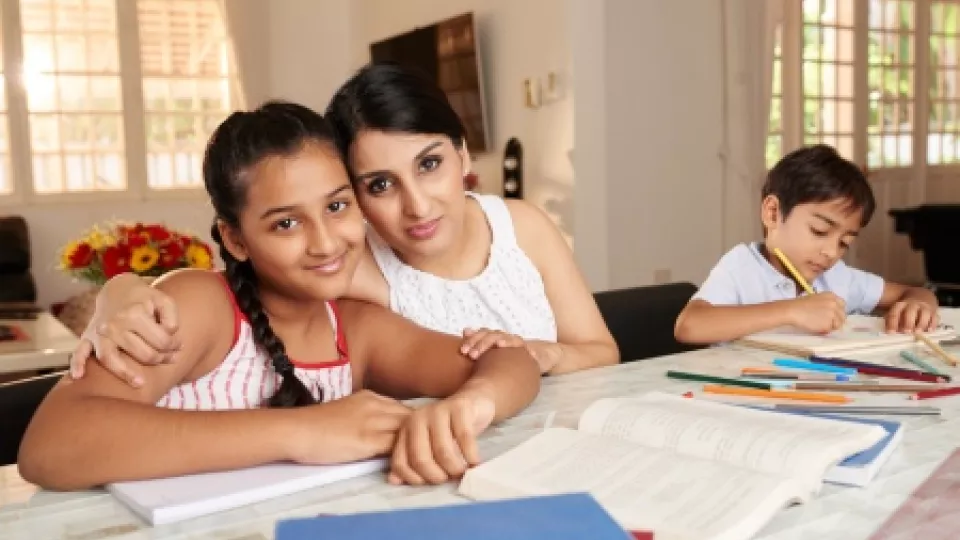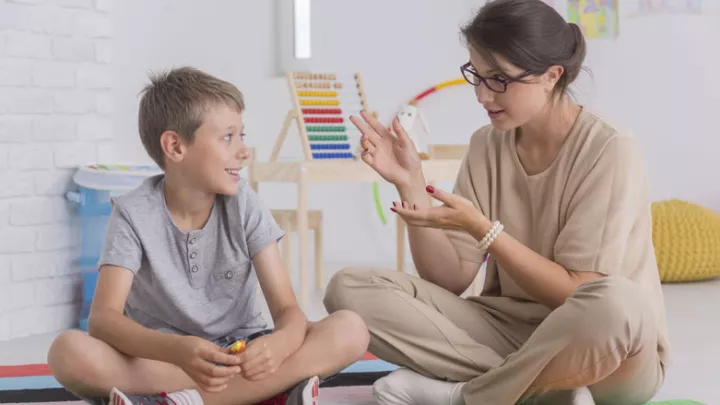
Debunking Myths About Bilingual Language Acquisition
I am lucky enough to have been raised Spanish-English bilingual in Los Angeles, a city in which greater than 50 percent of the population speaks a language other than English. Current estimates indicate that the number of people whose first language is not English will continue to grow. As a speech-language pathologist living and working in Los Angeles, I am often presented with questions regarding language development of bilingual children and whether bilingualism results in overall language impairment.
It’s important to understand that bilingual language acquisition can occur in two ways: through simultaneous acquisition or sequential acquisition.
Simultaneous acquisition occurs when a child is exposed to both languages from an early age (typically before 3 years of age). Children that develop two languages simultaneously learn and implement the rules of each language, including how to formulate sentences. For instance, in English an adjective comes before the noun it modifies (e.g., “the black cat”), while in Spanish the adjective follows the noun (e.g., “el gato negro”).
Sequential acquisition occurs when a child is exposed to a second language after having mastered the first language, typically after 3 years of age. Most children experience this type of bilingual acquisition if they speak one language at home and are exposed to another language at school.
Sequential bilingualism typically follows the following pattern after exposure to the second language:
- Silent period. The child comprehends the second language with limited output.
- Language loss. As the child acquires a second language and begins to use the first language less frequently, he or she may begin to lose some skills in the first language.
- Language transfer. This is the process in which rules from the first language are transferred (at times incorrectly) to the second language. For instance, incorrect sentence structure may be used when learning a second language.
- Inter-language. As the child starts to communicate more in the second language, he or she begins to make fewer and fewer errors. But errors are acceptable; they are part of the learning process.
- Code-switching. A child may use both languages in a single sentence or utterance. The child typically does this when words or parts of speech have not been learned yet.
Debunking myths about bilingual language acquisition
Myth: Teaching your child two languages will cause a language delay or disorder.
Fact: Children that participate in simultaneous acquisition of two languages may begin speaking later than monolingual (single-language) children, but continue to begin to speak within normal limits. Monolingual and bilingual children have been found to be comparable in measures of total vocabulary, though bilingual children may demonstrate reduced vocabulary in each individual language.
Myth: If your child uses both languages in one sentence, it means the child is confused and doesn’t understand he or she is learning two different languages.
Fact: When a child uses two languages within an utterance, it is known as “code-switching.” As noted above, code-switching is a normal part of bilingualism.
How to support your bilingual child
- Provide several opportunities for your child to gain exposure to both languages. However, make sure that you only communicate in a language that you’re fluent or very proficient in.
- Learn about language milestones (check out our blog post from August) and make sure your child is still hitting those milestones.
- If you feel that your child is demonstrating speech or language delays, communicate your concerns to your health care provider, who can refer you to a speech-language pathologist.
If you have a school-age child, speak with your child’s teacher regarding performance and recommendations for speech therapy.


